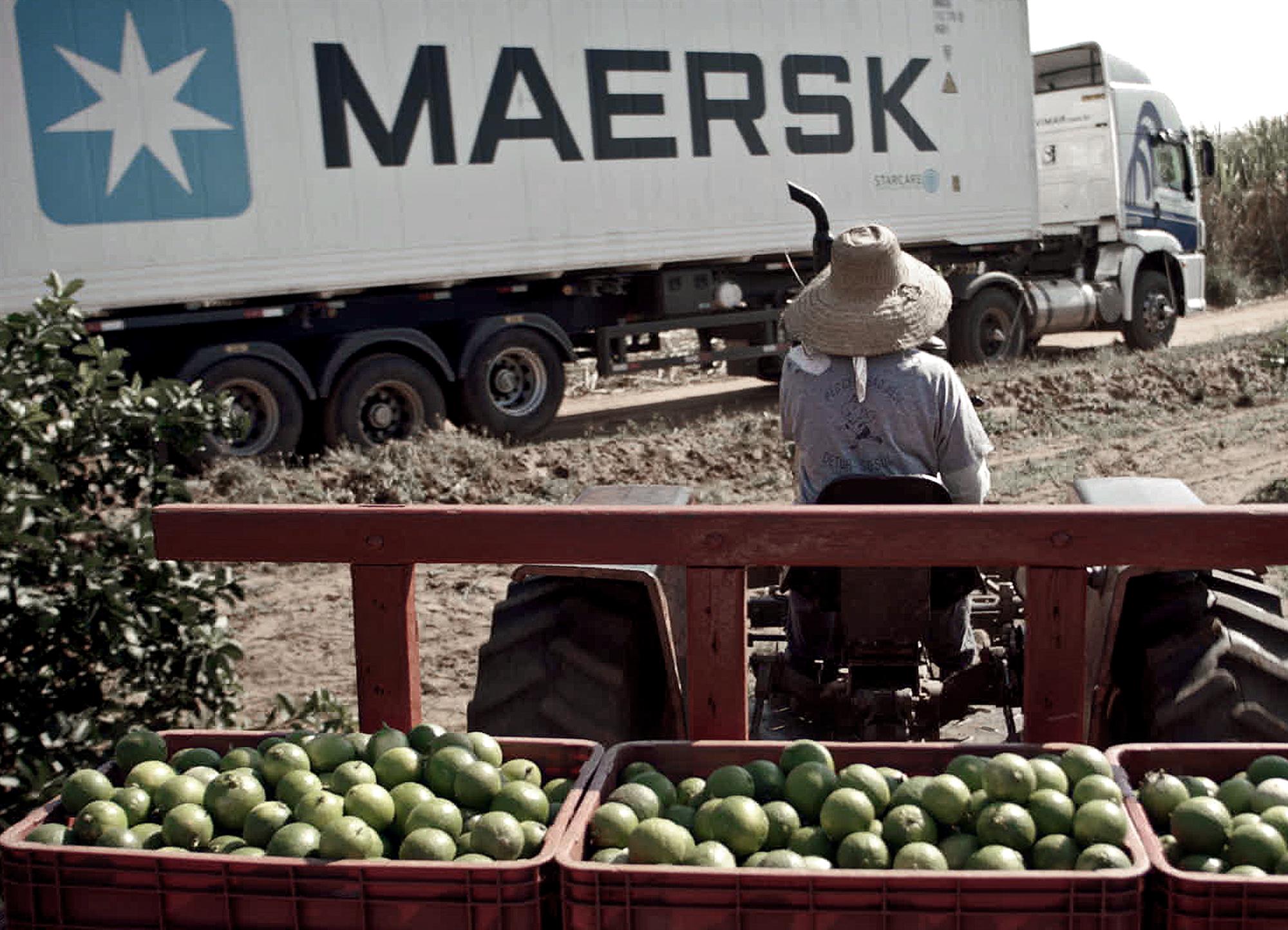The world offers a cornucopia of fresh produce, and as global trade continues to increase, so do opportunities to bring fresh commodities to consumers worldwide. Traditional markets continue to develop opportunities for cold chain exports while new countries and regions are increasing efforts and market share.
Included in a number of factors impacting increased opportunity for global trade of fresh commodities is the gradual shift by shippers and product receivers to refrigerated containerized shipping and the advent of third-party logistics providers (3PLs) to help manage those shipments.
JD Schwefler, vice president of business development at AGRO Merchants Group, explains that the shift of shipping produce on refrigerated containers is slowly transitioning from conventional reefers. He attributes this to a number of factors: location of harvest; commodity type; product temperature requirements; how well the commodity travels; how the commodity is packaged; region infrastructure, including cold storage facilities, roads and ports to/from which the product is being imported/exported; demand points; inventory ownership while product is being shipped; regulatory requirements within the importing/exporting country, and political implications.
“There are a lot of factors, including trade barriers,” Schwefler states.
While the large steamship lines transport the lion’s share of refrigerated product, Schwefler observes that an increasing amount is being transported on smaller vessels. “This allows for more direct service compared to larger vessels that call to more ports and can take longer to arrive at destination ports,” he explains.
Consequently, shipping lines operating smaller vessels are being deployed for fresh produce since they can make those direct calls to seaports and thus do so more frequently.
“Shelf life is the key component within the fresh produce industry,” Schwefler emphasizes. “Shippers are looking for solutions that will get product to market quicker.”

Nevertheless, shipping cold chain products is a highly competitive business for ocean carriers.
“New technology in controlled atmosphere containers, such as Star Cool CA, has the potential to further increase the trend,” says Seabury’s maritime advisor Derek Brand. “CA’s ability to slow down the ripening process opens up ocean transport as a viable alternative to air cargo on some of the longer trade routes.”
For Maersk Container Industry (MCI), the maker of Star Cool CA and the container manufacturing unit of the AP Moller-Maersk Group, this is a positive development. “As new trades open up, our customers can improve their business,” says Anders Gamborg Holm of MCI’s sales and marketing team.
A number of manufacturers sell reefer containers to steamship lines. What distinguishes the equipment is the proprietary software that each manufacturer supplies with their reefers to control the varying components that are part of reefer unit design. A distinguishing factor for steamship lines is how they utilize the software and how the cooling is applied in the container space and the commodity.
Today, the technology used to regulate the temperatures of reefer containers has matured thanks to temperature-control microprocessors. Consequently, the industry is concentrating more on energy consumption and conservation, particularly given the recent high cost of fuel and steamship lines’ practice of slow steaming to conserve fuel.
“Reefer containers are typically one of the largest energy draws, and there’s a significant difference in energy consumption between newer units and older, less maintained ones,” says Mike Gaffney of Alaris, a maritime energy management consultancy firm.
Steamship lines work closely with reefer manufacturers to share their concerns and energy conservation goals. Maersk Line has worked in partnership with Carrier Transicold and Wageningen UR Food & Biobased Research in the Netherlands. Together, they have developed power-saving software for Maersk’s unique container refrigeration units called QUEST II (short for Quality and Energy in Storage and Transport). QUEST II reduces energy required for refrigeration by up to 65% while reducing CO2 emissions related to power generation.
“If there are cargos that are not properly pre-cooled, QUEST II will bring them to the desired temperature faster,” explains Leo Lukasse of Wageningen UR.
By implementing QUEST II throughout its refrigerated container operations, Maersk estimates it saves 350,000 metric tons of CO2-equivalent emissions a year. In addition, Maersk vessels are able to take onboard more reefer containers than ever before.
Wageningen UR, Maersk Line and Carrier Transicold extensively tested QUEST II on various commodities, including apples, bananas, pineapples, kiwifruit, grapes, garlic, iceberg lettuce, chilled lamb meat, lily bulbs and potted plants. These items were selected because of their known temperature sensitivity and the large volumes in which they are regularly transported.
The purpose of cold treatment is to exterminate insects and larvae by maintaining a sufficiently low temperature for a pre-determined period of time. The period of time and temperature required are defined in protocols established by phythosanitary authorities of the importing countries. They differ from country to country whether cold treatment is required or not. Maersk’s responsibility is to assure twice-daily monitoring of the containers and make sure the temperature is maintained in accordance with the cold treatment protocol during transit.
Because of the optimum temperature a perishable must be maintained at to ensure freshness varies from one to the next, steamship lines utilize controlled atmosphere technology (CA) as a means to extending the shelf life of product. Maersk Line uses two different types of CA systems – the EverFresh system that was developed by the reefer unit manufacturer Carrier Transicold and the Starcare system that was developed by the reefer unit manufacturer MCI. Both are membrane-based systems and are applicable to somewhat different commodities.
The idea is to maintain quality and move product to markets where it is not readily available. “Everyone is driving for consistency,” says a Maersk representative. “Shippers are also focusing on post-harvest handling practices and quality control as well as their exclusive packaging to maximize the shelf life of the commodities they handle.”
By Karen E. Thuermer
Correspondent | Washington



